Jawaharlal Nehru: The Legendary Visionary Who Built Modern India
🧭Introduction
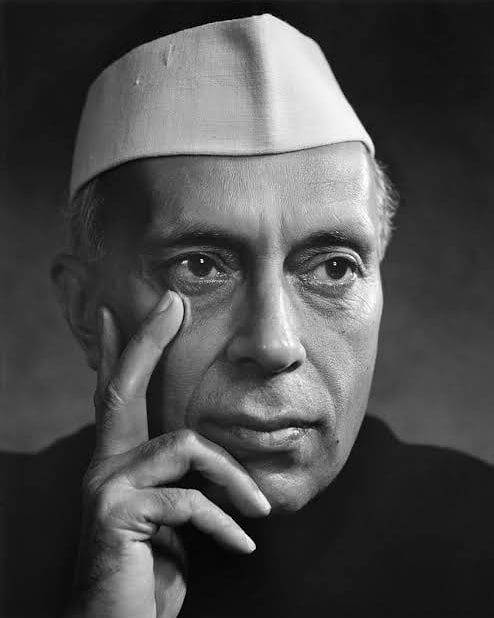
Jawaharlal Nehru (born November 14, 1889, in Allahabad) was more than just India’s first Prime Minister—he was the architect of a modern, democratic, and secular India. A central figure in the Indian freedom struggle and a close associate of Mahatma Gandhi, Nehru’s contributions extended far beyond independence. His leadership during the formative years of the republic helped shape the political, educational, and scientific landscape of the nation.
Born into a wealthy and politically active family, Nehru was the son of Motilal Nehru, a prominent lawyer and nationalist. He received his early education at home under private tutors and later studied at Harrow School and Trinity College, Cambridge, followed by legal training at the Inner Temple in London. Despite his elite education, Nehru was deeply influenced by the plight of India’s masses and the ideals of nationalism and socialism.
His political journey began in earnest after returning to India in 1912. Nehru joined the Indian National Congress and quickly rose through its ranks, becoming a key figure in the civil disobedience movements led by Gandhi. He was imprisoned multiple times by the British for his activism, which only strengthened his resolve and deepened his connection with the Indian people.
Nehru’s vision for India was rooted in parliamentary democracy, secularism, and scientific temper. He believed that India’s strength lay in its diversity and that the state must remain neutral in matters of religion. This belief was enshrined in the Indian Constitution, which guarantees equal rights to all citizens regardless of faith.
As Prime Minister from 1947 to 1964, Nehru laid the foundation for India’s industrial and educational development. He was instrumental in establishing institutions like the Indian Institutes of Technology (IITs), Indian Institutes of Management (IIMs), and the Atomic Energy Commission. His emphasis on planning led to the creation of the Five-Year Plans, modeled after socialist economies, aiming to uplift agriculture, industry, and infrastructure.
In foreign policy, Nehru championed non-alignment, refusing to side with either the United States or the Soviet Union during the Cold War. He was a founding member of the Non-Aligned Movement, which gave newly independent nations a voice on the global stage. His diplomatic approach helped India maintain sovereignty and dignity in international affairs.
Nehru was also a prolific writer. His books—The Discovery of India, An Autobiography, and Letters from a Father to His Daughter—reflect his deep intellect, emotional sensitivity, and commitment to education. These works continue to inspire generations and offer insight into his philosophical and political beliefs.
Despite his towering achievements, Nehru’s tenure was not without challenges. The Partition of India, communal riots, and the Kashmir conflict tested his leadership. The Sino-Indian War of 1962 was a major setback, exposing weaknesses in India’s defense preparedness. Yet, Nehru remained committed to peace, dialogue, and development.
Jawaharlal Nehru passed away on May 27, 1964, leaving behind a legacy that continues to shape India’s identity. His birthday, November 14, is celebrated as Children’s Day in India, honoring his affection for young minds and his belief that the future of the nation lies in their hands.
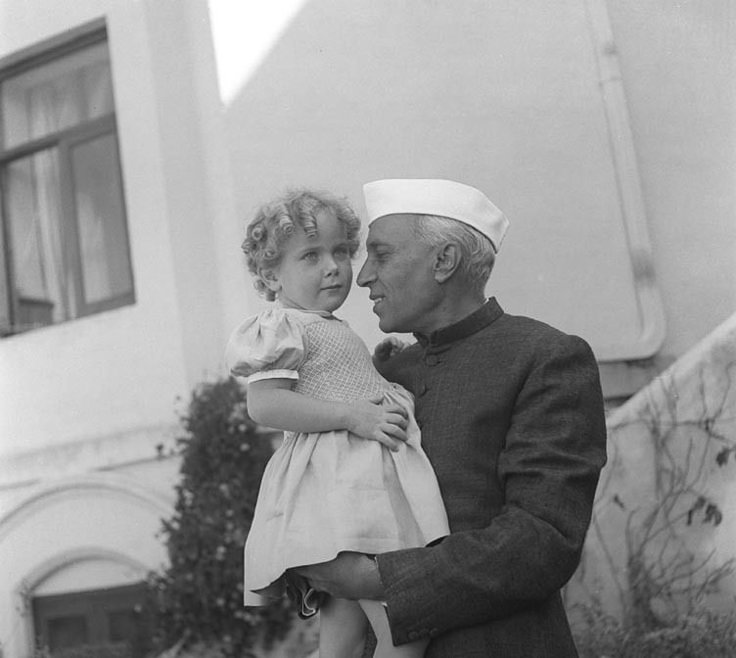
In sum, Jawaharlal Nehru was a visionary leader whose ideals of democracy, secularism, and progress laid the foundation for modern India. His life was a blend of intellect, activism, and governance—a rare combination that earned him respect both at home and abroad. Whether admired or critiqued, Nehru’s impact on India is undeniable, and his legacy remains a cornerstone of the nation’s journey.
Table of Contents
🎙️ Jawaharlal Nehru’s “Tryst with Destiny”
Date: August 14–15, 1947
Location: Constituent Assembly, Parliament House, New Delhi
Audience: Over 500 members of the Assembly, dignitaries, and millions listening via radio across India
📍 Part 1: The Midnight Awakening
“At the stroke of the midnight hour, when the world sleeps, India will awake to life and freedom.”
Tonight, we gather not as subjects of an empire, but as citizens of a free nation. This moment is not merely a political transition—it is a spiritual rebirth. Long years ago, we made a tryst with destiny, and now the time comes when we shall redeem our pledge—not wholly or in full measure—but very substantially.
India’s soul, long suppressed, finds utterance tonight. This is not the end of our struggle—it is the beginning of our responsibility.
📍 Part 2: Honoring the Sacrifice
We did not arrive here alone. Behind this moment stand countless sacrifices—of men and women who gave their lives, their youth, their dreams. We remember Mahatma Gandhi, whose moral compass guided us through storms of violence and division. We remember the peasants, the workers, the students, the poets, and the patriots who refused to bow.
Freedom was not gifted—it was earned. And it must be protected not by swords, but by service.
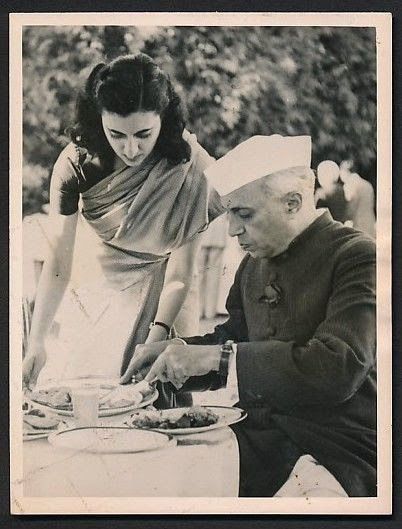
📍 Part 3: The Ideological Foundation
The India we build must rest on three pillars: democracy, secularism, and scientific progress.
- Democracy: We shall govern ourselves through institutions that reflect the will of the people. No ruler shall be above the law. No citizen shall be beneath it.
- Secularism: All of us, to whatever religion we may belong, are equally the children of India. We cannot encourage communalism or narrow-mindedness, for no nation can be great whose people are narrow in thought or action.
- Scientific Progress: We must embrace the future with reason, inquiry, and innovation. Poverty, disease, and ignorance shall be defeated not by superstition, but by science and education.
📍 Part 4: The Pain of Partition
Even as we celebrate, we mourn. The Partition has torn our land and our hearts. Brothers have turned against brothers. Cities burn while flags rise. Let us not allow hatred to define our freedom.
We must heal. We must rebuild. We must remember that India is not a land of fragments—it is a civilization of unity.
📍 Part 5: The Call to Action
The service of India means the service of the millions who suffer. It means ending poverty and ignorance and disease and inequality of opportunity. The ambition of the greatest man of our generation, Mahatma Gandhi, was to wipe every tear from every eye. That may be beyond us, but as long as there are tears and suffering, our work will not be over.
Let us pledge tonight to dedicate ourselves to this task. Let us build a nation where every child can dream, every woman can rise, and every man can stand with dignity.
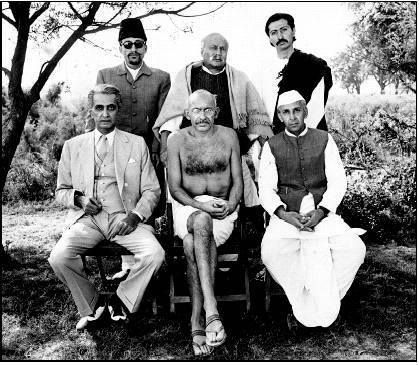
📍 Part 6: The Global Vision
India’s freedom is not isolated—it is part of a global awakening. We shall walk with other nations, not in servitude, but in friendship. We shall not align with blocs—we shall align with peace. Our voice shall be for justice, our hand for cooperation.
Let India be a light—not of power, but of principle.
📍 Part 7: The Emotional Core
I speak tonight not just as a Prime Minister, but as a son of India. I have seen her suffer. I have seen her rise. I have seen her weep, and I have seen her sing.
This land—of rivers and sages, of farmers and freedom fighters—has waited long for this hour. Let us not fail her. Let us not forget her. Let us not forsake her.
📍 Part 8: The Pledge
We are citizens of a free India. But freedom is not a license—it is a responsibility. Let us pledge:
- To uphold the dignity of every human being
- To protect the unity of our nation
- To pursue knowledge and truth
- To serve, not rule
- To build, not destroy
Let this midnight be remembered not for its celebration, but for its commitment.
📍 Part 9: Closing Words
A moment comes, but rarely in history, when we step out from the old to the new, when an age ends, and when the soul of a nation, long suppressed, finds utterance.
Let us step forward with faith, with courage, and with humility. Let us build an India worthy of her past, and bold enough for her future.
Jai Hind.
Sources:
The Daily Guardian – Nehru’s Tryst with Destiny
Wikipedia – Tryst with Destiny
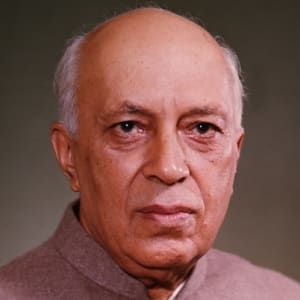
📜Life Story of Jawaharlal Nehru
📍1. Birth and Family Legacy
Jawaharlal Nehru was born on November 14, 1889, in Allahabad, in the then North-Western Provinces of British India (now Prayagraj, Uttar Pradesh). He came from a distinguished Kashmiri Pandit family known for its administrative acumen and scholarship. His father, Motilal Nehru, was a wealthy barrister and a prominent figure in the Indian National Congress. His mother, Swarup Rani Nehru, was known for her quiet strength and cultural grace.
The Nehru household was deeply influenced by Western education and liberal values. Motilal Nehru’s political engagement and intellectual environment shaped Jawaharlal’s early worldview. He was the eldest of four children, including his sister Vijaya Lakshmi Pandit, who later became the first woman president of the United Nations General Assembly.
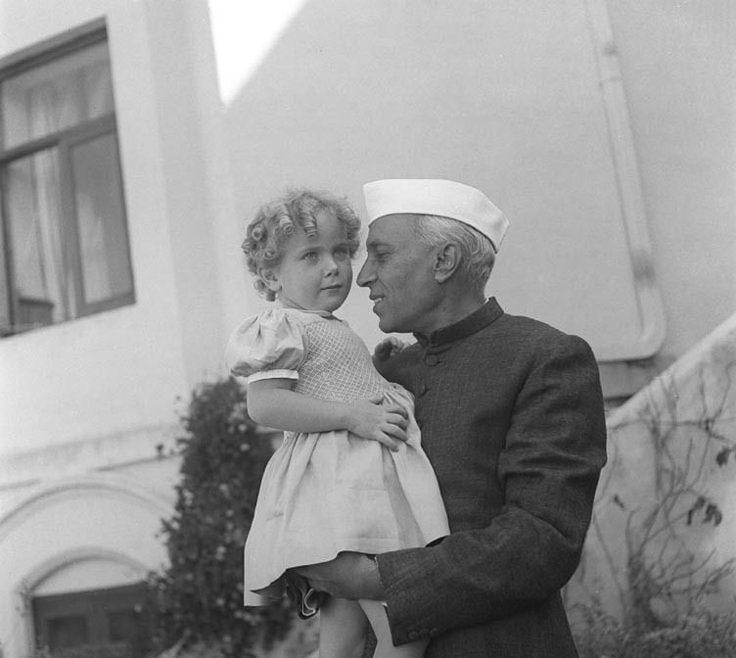
📍2. Childhood and Early Education
Until the age of 16, Jawaharlal Nehru was educated at home by private tutors. His early education was eclectic—he learned English, Hindi, and Sanskrit, and was exposed to theosophy, science, and Indian history. One of his tutors, Ferdinand Brooks, a part-Irish, part-Belgian theosophist, left a lasting impression on him.
In 1905, Nehru was sent to Harrow School in England, a prestigious boarding school. From there, he went on to Trinity College, Cambridge, where he studied natural sciences. His time in England exposed him to Western political thought, liberalism, and socialism, which deeply influenced his ideological development.
📍3. Legal Training and Return to India
After Cambridge, Jawaharlal Nehru trained in law at the Inner Temple in London. Though he qualified as a barrister, his heart was not in legal practice. In 1912, he returned to India and briefly joined the Allahabad High Court, but his interest in law quickly gave way to political activism.
His return coincided with the rise of the Indian nationalist movement, and Nehru was drawn to the Indian National Congress, which his father was already deeply involved in. He began attending Congress sessions and gradually immersed himself in the freedom struggle.
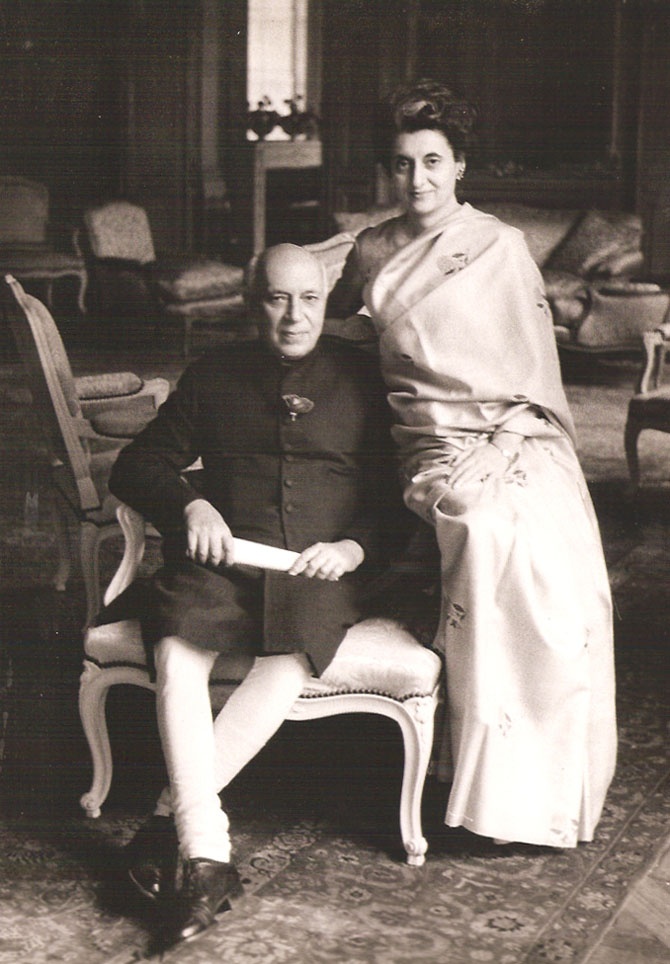
📍4. Political Awakening and Gandhi’s Influence
The turning point in Jawaharlal Nehru’s political life came in 1919, after the Jallianwala Bagh massacre. The brutality of British rule shocked him and intensified his commitment to India’s independence. Around this time, he met Mahatma Gandhi, whose philosophy of nonviolent resistance and mass mobilization deeply influenced Nehru.
Though Nehru admired Gandhi’s moral leadership, he also retained his own socialist leanings and belief in industrial modernization. Their partnership became the backbone of the Congress movement, with Gandhi as the spiritual guide and Nehru as the political strategist.
📍5. Imprisonment and Revolutionary Spirit
Jawaharlal Nehru was imprisoned nine times between 1921 and 1945 for his participation in civil disobedience movements, including the Non-Cooperation Movement, Salt March, and Quit India Movement. His longest imprisonment was during World War II, when he was jailed for nearly three years.
These jail terms were not just periods of confinement—they were periods of reflection and writing. Nehru used his time in prison to articulate his vision for India and to study global political movements. His writings from jail became foundational texts for India’s intellectual awakening.
📍6. Marriage and Personal Life
In 1916, Nehru married Kamala Kaul, a quiet and graceful woman from Delhi. Their marriage was marked by affection but also by Kamala’s fragile health. She gave birth to their only child, Indira Priyadarshini Nehru, in 1917, who would later become Indira Gandhi, India’s first woman Prime Minister.
Kamala Nehru died in 1936 after a prolonged illness. Her death deeply affected Nehru, who had already lost his mother in 1938. Despite personal losses, Nehru remained committed to public life, often suppressing his grief for the sake of duty.
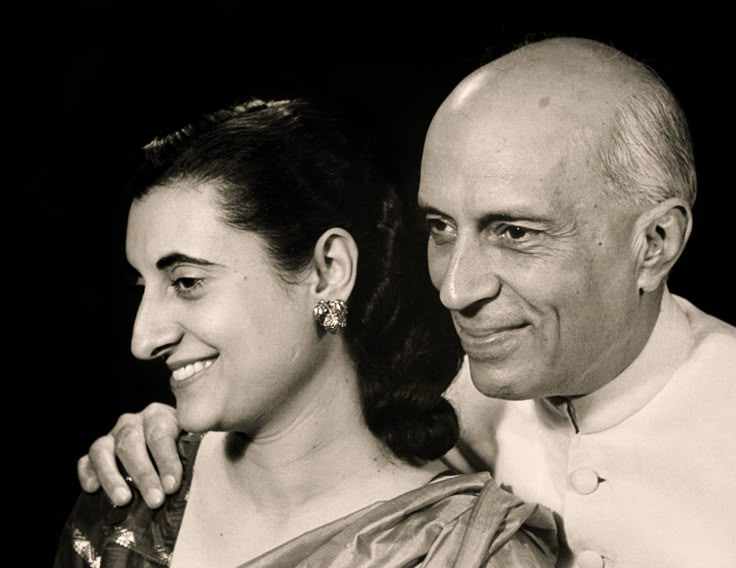
📍7. Literary Contributions and Ideological Depth
Jawaharlal Nehru was not just a politician—he was a prolific writer and thinker. His major works include:
- Letters from a Father to His Daughter (1929): Written to young Indira, these letters explain world history and science in simple language, reflecting Nehru’s belief in education and curiosity.
- An Autobiography (1936): A candid account of his personal and political journey, written during imprisonment.
- The Discovery of India (1946): His magnum opus, written in jail, tracing India’s civilizational history, culture, and philosophical depth. It remains one of the most influential books on Indian identity.
These books were written to educate, inspire, and provoke thought. They reveal Nehru’s humanism, secularism, and intellectual rigor.
📍8. Role in Independence and Nation-Building
As India moved toward independence, Jawaharlal Nehru emerged as the natural choice for leadership. He became the head of the Interim Government in 1946, and on August 15, 1947, he delivered the historic “Tryst with Destiny” speech as India’s first Prime Minister.
His tenure lasted 17 years, making him the longest-serving Prime Minister in Indian history. Nehru’s vision for India included:
- Parliamentary democracy
- Secular governance
- Scientific and industrial development
- Education for all
- Non-alignment in foreign policy
He established institutions like the IITs, IIMs, AIIMS, and the Atomic Energy Commission. His Five-Year Plans modeled after socialist economies aimed to uplift agriculture, industry, and infrastructure.
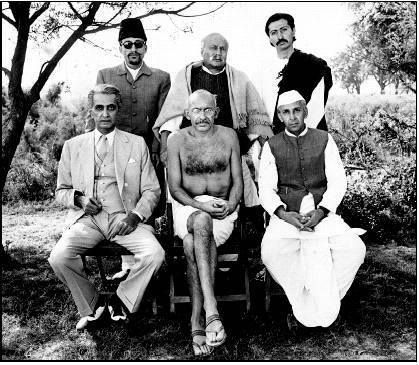
📍9. Challenges and Criticism
Despite his achievements, Jawaharlal Nehru faced significant challenges:
- The Partition of India in 1947 led to communal violence and displacement.
- The Kashmir conflict remained unresolved.
- The Sino-Indian War of 1962 was a major setback, exposing India’s military vulnerabilities.
Critics argued that Nehru’s idealism sometimes clouded strategic judgment. Yet, his commitment to peace, dialogue, and democratic values remained unwavering.
📚 10: The Writer Behind the Leader – Nehru’s Books and Their Purpose
Jawaharlal Nehru was not just a statesman—he was a thinker, a philosopher, and a deeply introspective writer. His books were not written for fame or political gain. They were written to educate, reflect, and connect with the soul of India. Most of his major works were penned during his imprisonments, turning confinement into creativity.
Here are his most influential books and the reasons behind each:
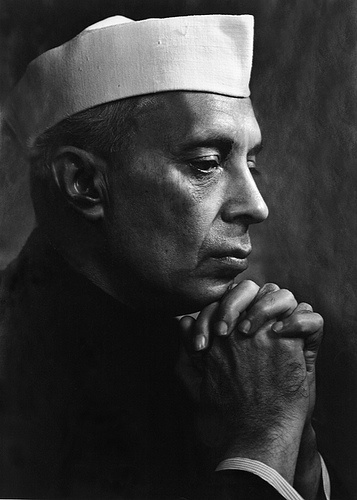
1️⃣ Letters from a Father to His Daughter (1929)
- Written for: His 10-year-old daughter, Indira Nehru
- Why he wrote it: Nehru wanted to nurture Indira’s curiosity and intellect. These letters, written from prison, explain world history, civilizations, and nature in simple, engaging language.
- Legacy: This book reflects Nehru’s belief that education begins with storytelling. It’s a rare glimpse into his emotional warmth and pedagogical style.
2️⃣ An Autobiography (1936)
- Written during: His imprisonment in Almora Jail
- Why he wrote it: Nehru wanted to document his personal and political journey, including his doubts, convictions, and evolution.
- Legacy: The book is brutally honest, revealing his internal conflicts, his relationship with Gandhi, and his vision for India. It’s not a glorified memoir—it’s a mirror.
3️⃣ The Discovery of India (1946)
- Written during: His longest jail term in Ahmednagar Fort Prison
- Why he wrote it: Nehru wanted to understand and explain India’s civilizational depth—from the Vedas to modern nationalism.
- Legacy: This is his most celebrated work. It blends history, philosophy, and cultural analysis, showing Nehru’s reverence for India’s past and his hope for its future. It became the ideological foundation for post-independence nation-building.
4️⃣ Glimpses of World History (1934)
- Written for: Indira, as a continuation of his earlier letters
- Why he wrote it: To give her a panoramic view of global history, emphasizing interconnectedness and human progress.
- Legacy: It’s a rare book that teaches history through personal letters. Nehru’s global outlook and humanist values shine through every page.
🧠 Why These Writings Matter
- Nehru’s books were acts of service, not self-promotion.
- They reflect his intellectual discipline, emotional vulnerability, and visionary thinking.
- He used writing to educate the youth, clarify ideology, and preserve India’s soul during its most turbulent years.
📍11. Final Years and Death
In his final years, Nehru continued to work tirelessly despite declining health. He suffered a stroke in 1964 and passed away on May 27, 1964, at the age of 74. His death marked the end of an era.
He was cremated at Shantivan in Delhi, and his ashes were scattered across India, as per his wishes. His legacy lives on in institutions, policies, and the democratic fabric of India.
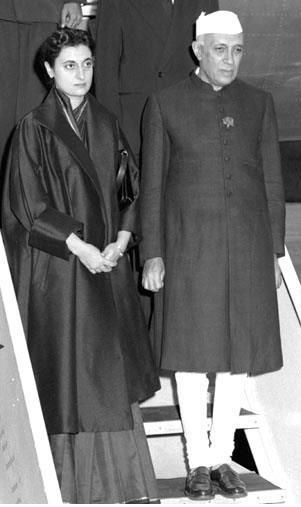
📜 Why Jawaharlal Nehru Was Sent to Jail
📍1. The Political Climate and Nehru’s Role
Jawaharlal Nehru, a central figure in the Indian National Congress, was deeply influenced by Mahatma Gandhi’s philosophy of nonviolent resistance. Nehru believed that civil disobedience, mass mobilization, and national awakening were essential to ending British rule. His speeches, writings, and leadership made him a prominent target for colonial authorities.
From 1921 to 1945, Nehru was arrested nine times, spending a total of 3,259 days in jail. His imprisonments were not isolated incidents—they were part of a broader British strategy to suppress the freedom movement.
📍2. Who Was Responsible for Nehru’s Arrests?
The British colonial government was directly responsible for sending Jawaharlal Nehru to jail. His arrests were carried out under various laws and emergency acts, including:
- The Defence of India Act
- The Indian Penal Code (IPC)
- Preventive detention laws
- Section 144 and 26(i)(b) of colonial statutes
These laws allowed the British to detain leaders without trial, especially during mass protests and political uprisings.
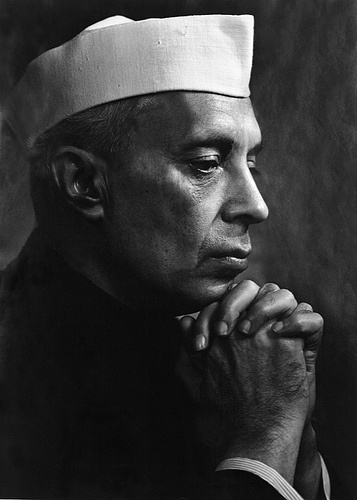
📍3. Timeline of Nehru’s Imprisonments
Here’s a breakdown of Nehru’s major jail terms and the movements that led to them:
| Imprisonment | Dates | Reason | Location |
| 1st | Dec 6, 1921 – Mar 2, 1922 | Non-Cooperation Movement | Lucknow Jail |
| 2nd | May 11, 1922 – Jan 31, 1923 | Continued civil disobedience | Nabha Jail |
| 3rd | Sep 22 – Oct 4, 1923 | Political agitation | Naini Jail |
| 4th | Apr 14 – Oct 11, 1930 | Salt Satyagraha | Bareilly Jail |
| 5th | Oct 19, 1930 – Jan 26, 1931 | Civil disobedience | Dehradun Jail |
| 6th | Dec 26, 1931 – Aug 30, 1933 | Protest against British policies | Kolkata Jail |
| 7th | Feb 12, 1934 – Sep 4, 1935 | Anti-colonial speeches | Almora Jail |
| 8th | Oct 31, 1940 – Dec 3, 1941 | Individual Satyagraha | Gorakhpur Jail |
| 9th | Aug 9, 1942 – Jun 15, 1945 | Quit India Movement | Ahmednagar Fort Prison |
📍4. The Quit India Movement – His Longest Jail Term
On August 8, 1942, the Quit India Movement was launched in Bombay by the Indian National Congress. Nehru, along with Gandhi, Sardar Patel, and Maulana Azad, demanded immediate British withdrawal from India.
The British responded with mass arrests. Nehru was detained under Section 26(i)(b) of the Defence of India Act, which allowed imprisonment without trial. He was sent to Ahmednagar Fort Prison, where he spent 1,040 days—his longest jail term.
During this time, Nehru wrote his seminal work, The Discovery of India, reflecting on India’s cultural heritage and future.
📍5. Why Nehru’s Jail Time Mattered
Jawaharlal Nehru’s imprisonment was not just a punishment—it was a badge of honor. It symbolized:
- His commitment to freedom
- His solidarity with the masses
- His intellectual resistance through writing
- His moral authority as a leader
He never apologized or sought clemency. Unlike some leaders who compromised, Nehru remained steadfast, using jail time to deepen his ideology and write books that shaped India’s post-independence vision.
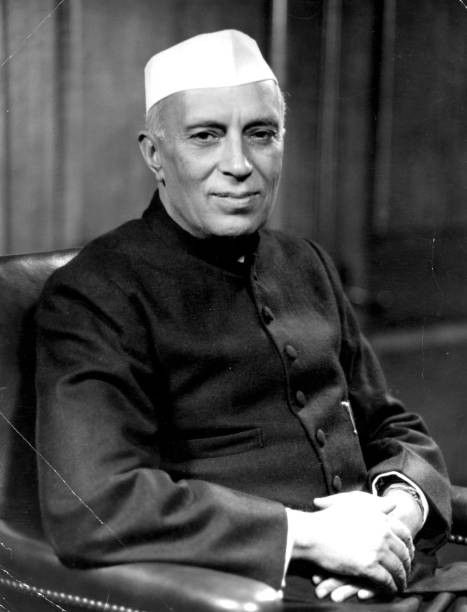
📍 Final Reflection
Jawaharlal Nehru went to jail because he dared to challenge the British Empire—not with weapons, but with words, movements, and ideas. The British government, threatened by his influence, used colonial laws to silence him. But every day he spent behind bars only amplified his voice.
His jail terms were not interruptions—they were incubators of revolution.
Sources:
📍12. Legacy and Impact
Jawaharlal Nehru’s legacy is vast and complex. He is remembered as:
- The architect of modern India
- A champion of secularism and democracy
- A visionary of scientific progress
- A global statesman who gave voice to newly independent nations
His birthday, November 14, is celebrated as Children’s Day in India, honoring his love for young minds and belief in education.
📍 Final Reflection
Jawaharlal Nehru was not just a leader—he was a thinker, a builder, and a dreamer. His life was a blend of privilege and protest, intellect and emotion, vision and action. From the corridors of Harrow to the jails of India, from the pages of history to the hearts of millions, Nehru’s journey is a testament to the power of ideas and the courage to act on them.
He didn’t just lead India—he imagined it.
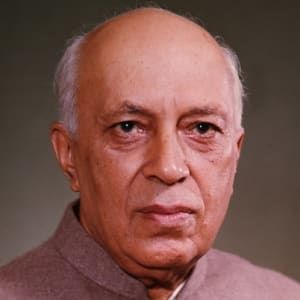
Sources:
🔥 19 Quotes on Jawaharlal Nehru
“Jawaharlal Nehru didn’t inherit India—he imagined it into existence.”
Explanation: Nehru’s vision shaped the soul of post-independence India, from democracy to education.
“He didn’t fight with weapons—he fought with words, ideas, and institutions.”
Explanation: Nehru’s resistance to colonialism was rooted in intellect and policy, not violence.
“Jawaharlal Nehru turned imprisonment into inspiration.”
Explanation: His jail terms birthed books like Discovery of India, transforming confinement into creativity.
“He didn’t just lead India—he taught India how to lead itself.”
Explanation: Nehru’s emphasis on self-governance and democratic institutions empowered generations.
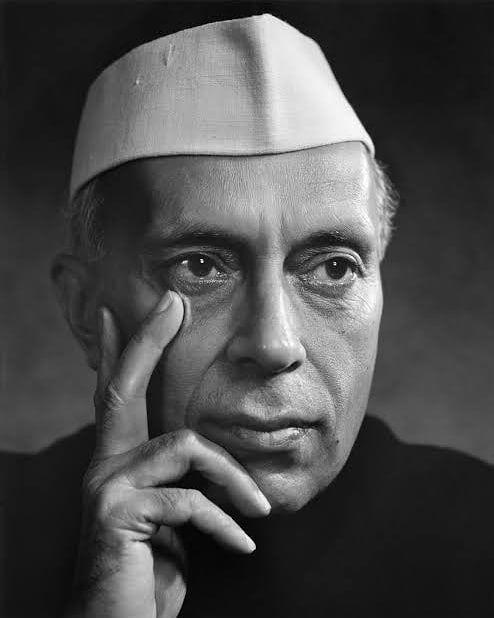
“From Harrow to Hindustan, Nehru carried the fire of freedom in his briefcase.”
Explanation: His elite education never diluted his nationalist spirit—it sharpened it.
“Jawaharlal Nehru didn’t write history—he whispered it into India’s future.”
Explanation: His books and speeches became ideological blueprints for a modern nation.
“He didn’t just speak at midnight—he awakened a sleeping civilization.”
Explanation: Nehru’s ‘Tryst with Destiny’ speech marked India’s rebirth on the global stage.
“Jawaharlal Nehru’s pen was sharper than colonial law.”
Explanation: His writings challenged British narratives and redefined Indian identity.
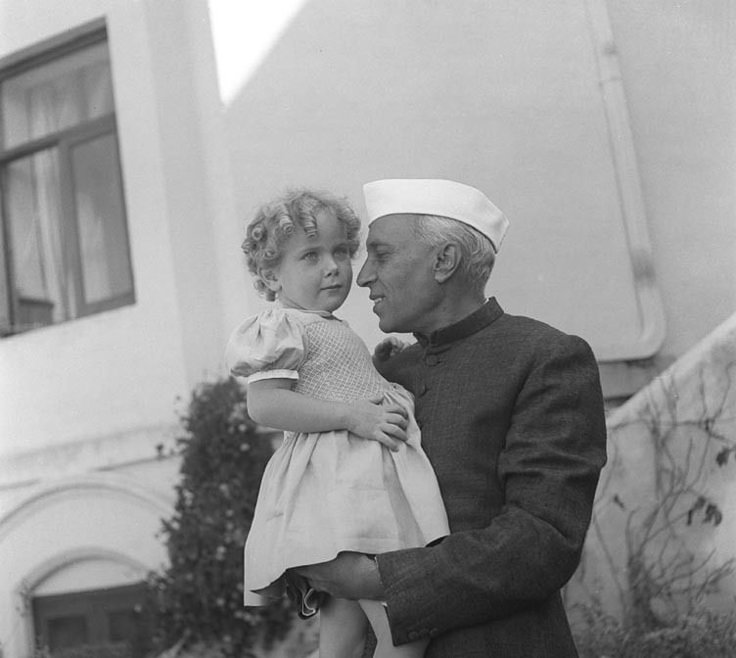
“He didn’t build monuments—he built minds.”
Explanation: Jawaharlal Nehru’s legacy lies in institutions like IITs, IIMs, and AIIMS, not statues.
“Jawaharlal Nehru didn’t fear jail—he feared ignorance.”
Explanation: His time in prison was spent writing, educating, and envisioning India’s future.
“He didn’t just dream of India—he dared to design it.”
Explanation: Jawaharlal Nehru’s planning and policies laid the foundation for industrial and scientific progress.
“Jawaharlal Nehru’s speeches weren’t political—they were poetic blueprints of hope.”
Explanation: His oratory blended emotion, intellect, and vision in every word.
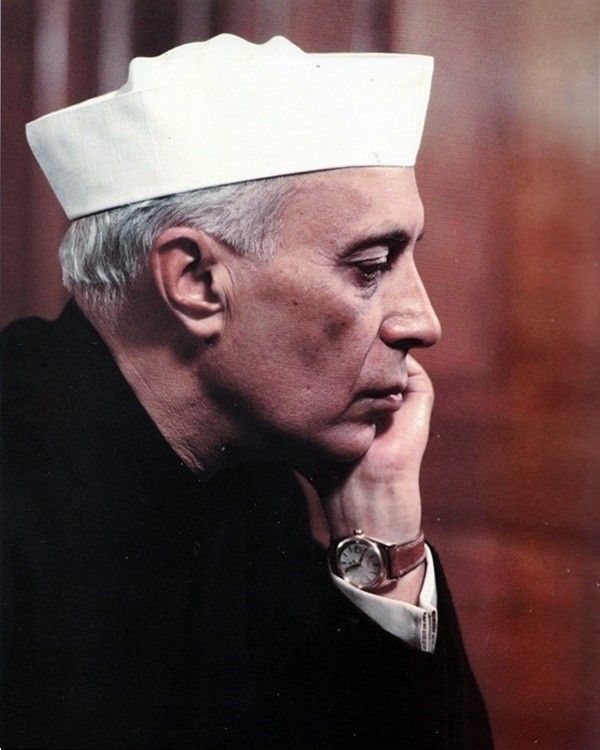
“He didn’t seek power—he sought purpose.”
Explanation: Nehru’s leadership was driven by ideals, not ambition.
“Jawaharlal Nehru didn’t just survive colonialism—he sculpted its aftermath.”
Explanation: His post-independence governance shaped India’s democratic and secular identity.
“He didn’t silence opposition—he invited it to speak.”
Explanation: Nehru believed in debate, dissent, and the power of parliamentary democracy.
“Jawaharlal Nehru’s jail cell echoed louder than colonial courtrooms.”
Explanation: His imprisonment became a platform for ideological resistance.
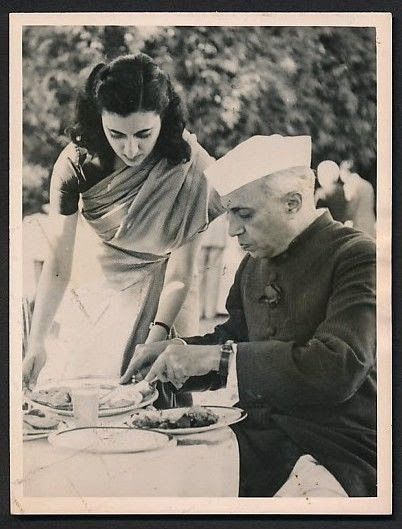
“He didn’t just write books—he wrote India’s conscience.”
Explanation: Works like The Discovery of India helped Indians rediscover their cultural pride.
“Jawaharlal Nehru didn’t just raise a flag—he raised a generation.”
Explanation: His focus on youth, education, and children’s welfare shaped India’s future.
“He didn’t just end an empire—he began a civilization’s second chapter.”
Explanation: Jawaharlal Nehru’s leadership marked the transition from colonial rule to sovereign identity.
🔚 Final Conclusion: Jawaharlal Nehru – The Blueprint of Modern India
📍1. Jawaharlal Nehru Biography Begins with Privilege and Awakening
Born in Allahabad in 1889, Jawaharlal Nehru came from a wealthy Kashmiri Pandit family. His father, Motilal Nehru, was a prominent lawyer and Congress leader. But Nehru’s journey wasn’t defined by privilege—it was shaped by awakening. His exposure to British colonial rule and the freedom struggle ignited a lifelong commitment to India’s liberation.
📍2. Jawaharlal Nehru Education Forged His Global Vision
Educated at Harrow, Cambridge, and the Inner Temple, Nehru absorbed Western liberalism, science, and history. Yet, he didn’t become a colonial apologist—he became a revolutionary intellectual. His education gave him the tools to imagine a modern India rooted in democracy, secularism, and scientific progress.
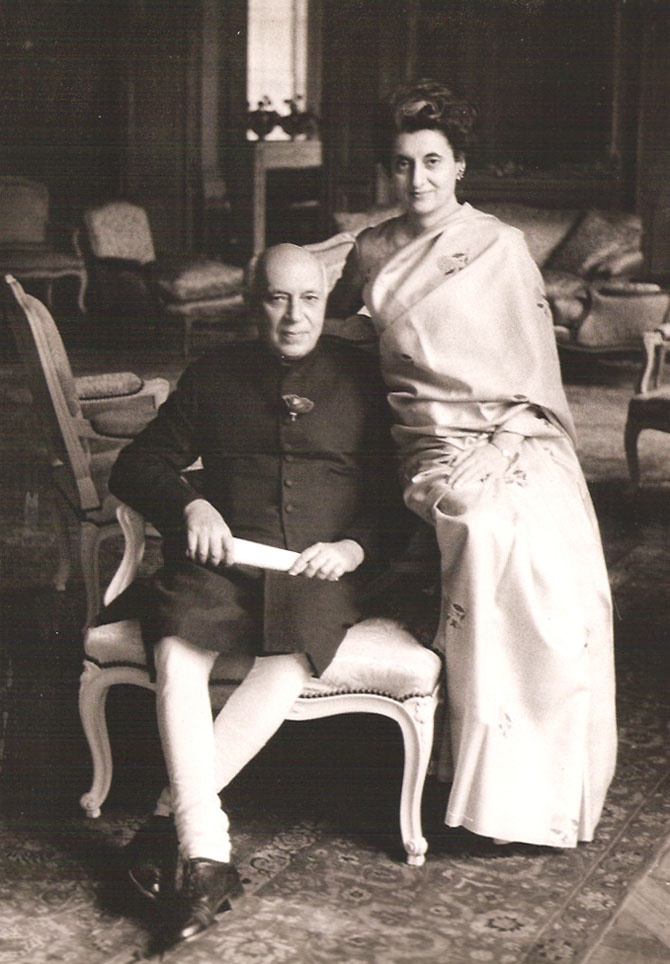
📍3. Jawaharlal Nehru Freedom Struggle and Imprisonment
Nehru was jailed nine times between 1921 and 1945. His arrests were a direct result of his leadership in the Non-Cooperation Movement, Salt Satyagraha, and Quit India Movement. But jail didn’t silence him—it amplified him. In confinement, he wrote The Discovery of India, turning solitude into strategy.
📍4. Jawaharlal Nehru Ideology Became India’s Foundation
Nehru’s ideology was built on three pillars:
- Democracy: Power through the people, not over them
- Secularism: Unity in diversity, not division by faith
- Scientific Progress: Knowledge as the engine of national growth
These values weren’t just ideals—they became the DNA of India’s Constitution and governance.
📍5. Jawaharlal Nehru Achievements Transformed a Nation
As India’s first Prime Minister, Nehru led with vision. His achievements include:
- Founding the IITs, AIIMS, and Atomic Energy Commission
- Launching Five-Year Plans for industrial and agricultural growth
- Championing the Non-Aligned Movement in global diplomacy
He didn’t just govern—he built the architecture of modern India.
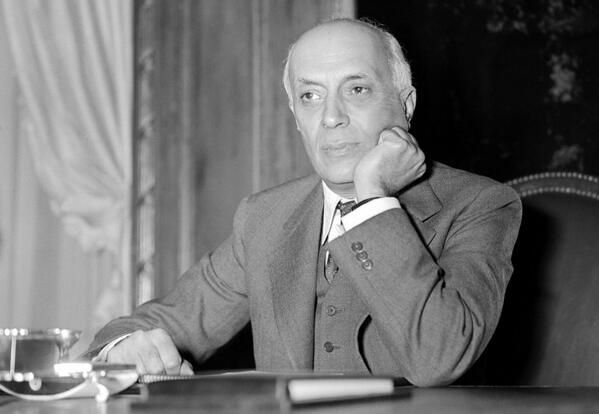
📍6. Jawaharlal Nehru Legacy Lives in Institutions and Ideas
Nehru passed away in 1964, but his legacy pulses through India’s institutions, policies, and public imagination. His birthday, November 14, is celebrated as Children’s Day, honoring his belief that young minds are the future of the nation.
His books—An Autobiography, Glimpses of World History, and The Discovery of India—continue to inspire scholars, leaders, and dreamers.
📍7. Final Reflection – The Nehru Blueprint
Jawaharlal Nehru didn’t just lead India to freedom—he led it to identity. He turned education into empowerment, jail into journals, and speeches into soul-stirring manifestos. His life was a blend of intellect, emotion, and action.
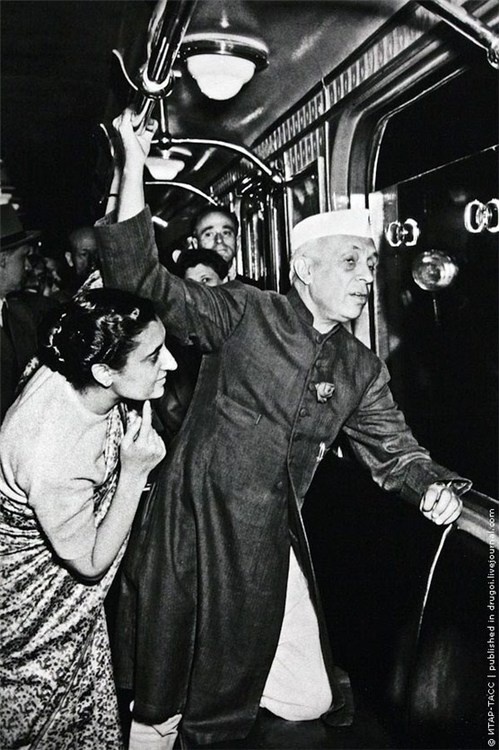
Internal Links: 1.https://historyverse7.com/bal-gangadhar-tilak/ 2.https://historyverse7.com/tatya-tope/
📘 FAQ on Jawaharlal Nehru
1. Who was Jawaharlal Nehru and why is he important in Indian history?
Answer: Jawaharlal Nehru was India’s first Prime Minister and a key architect of the nation’s post-independence identity. He played a pivotal role in the freedom struggle and laid the foundation for democracy, secularism, and scientific progress in India.
2. What were Jawaharlal Nehru’s major achievements as Prime Minister?
Answer: Jawaharlal Nehru established institutions like the IITs, AIIMS, and the Planning Commission. He launched Five-Year Plans, promoted industrialization, and championed the Non-Aligned Movement, shaping India’s global voice.
3. Why was Jawaharlal Nehru imprisoned by the British?
Answer: Jawaharlal Nehru was jailed nine times for leading civil disobedience movements like the Non-Cooperation Movement and Quit India Movement. His imprisonment symbolized resistance against British colonial rule.
4. What books did Jawaharlal Nehru write and why?
Answer: Nehru wrote The Discovery of India, An Autobiography, and Glimpses of World History. These works were written during his jail terms to educate Indians about their heritage and inspire national pride.
5.How is Jawaharlal Nehru remembered today?
Answer: Jawaharlal Nehru is remembered as the visionary who imagined modern India. His birthday, November 14, is celebrated as Children’s Day, honoring his belief in nurturing young minds for a brighter future.
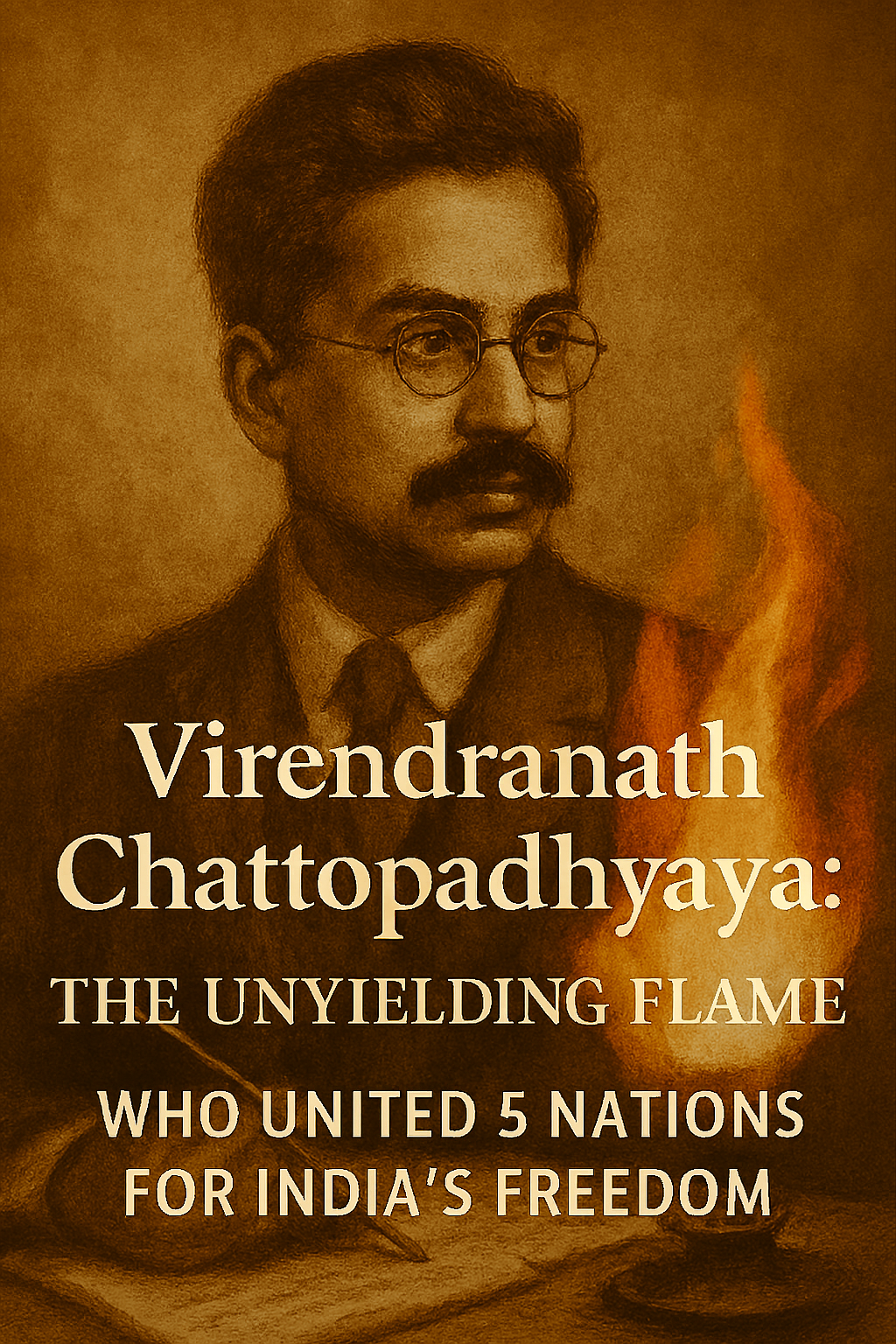
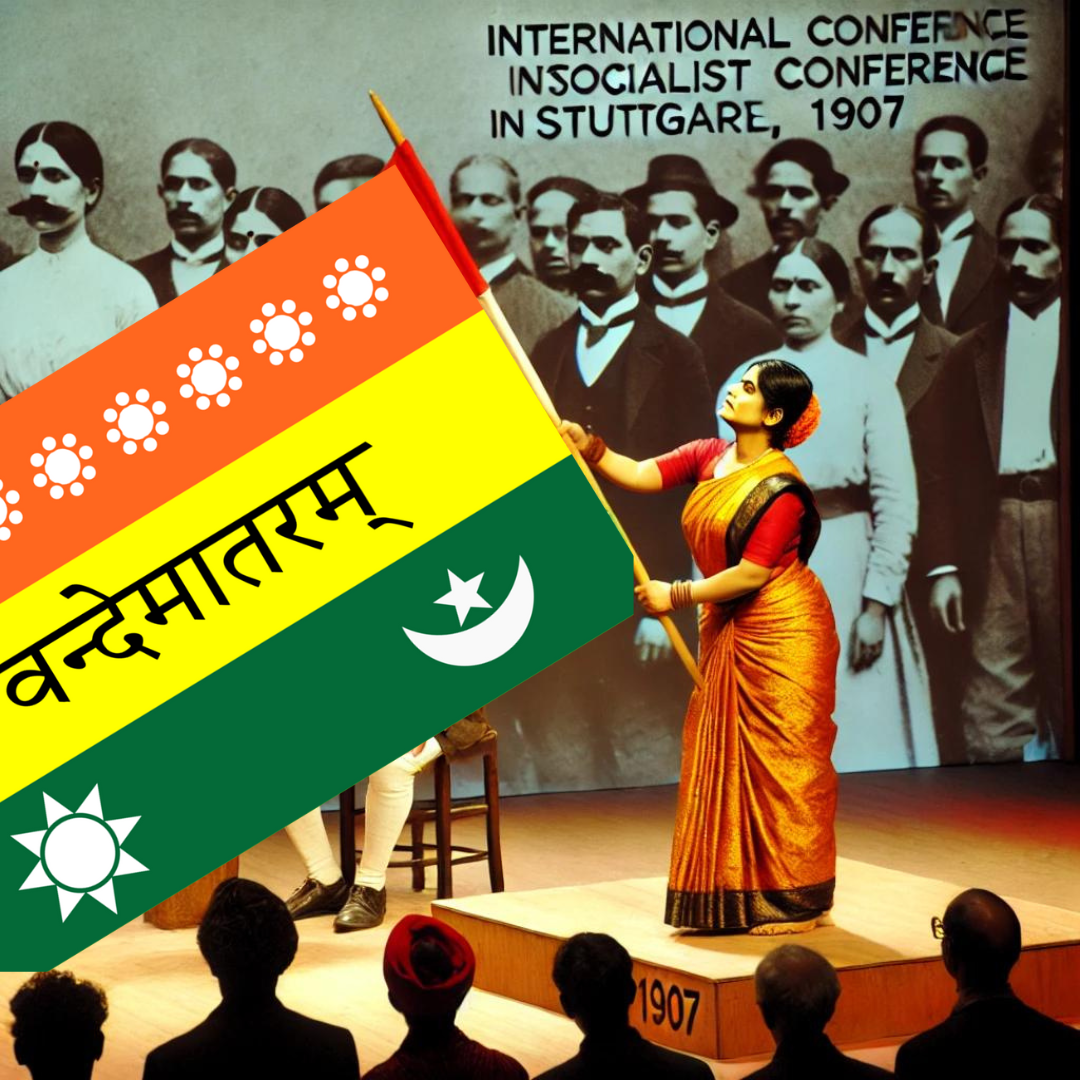
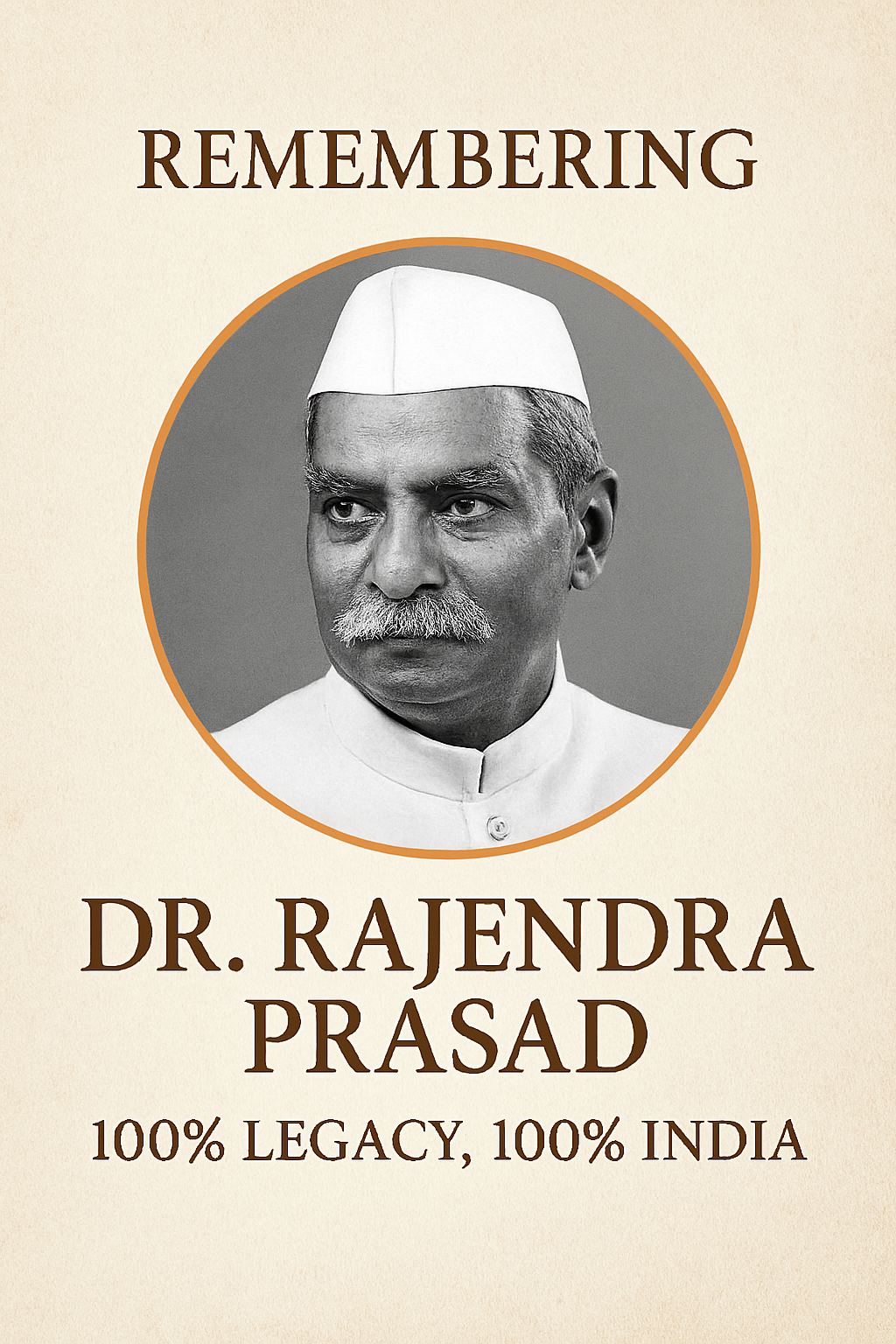
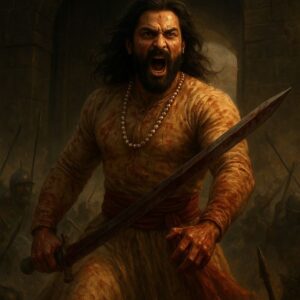
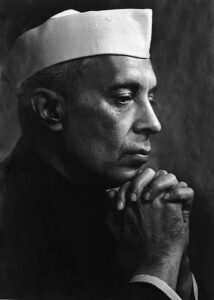
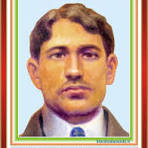
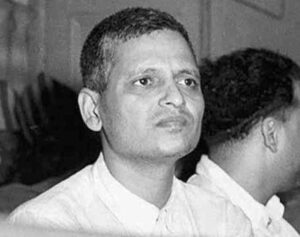
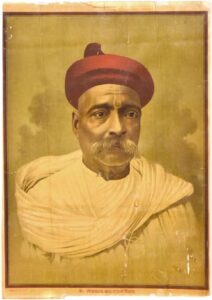
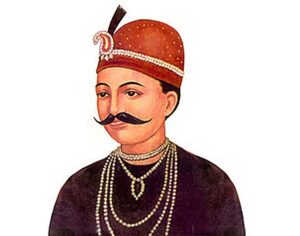
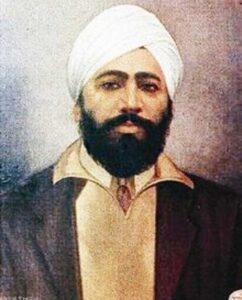
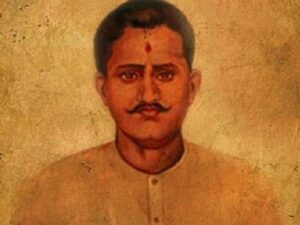
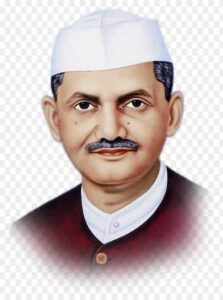
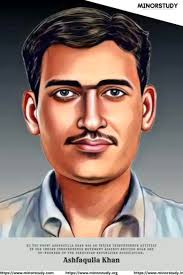
3 comments